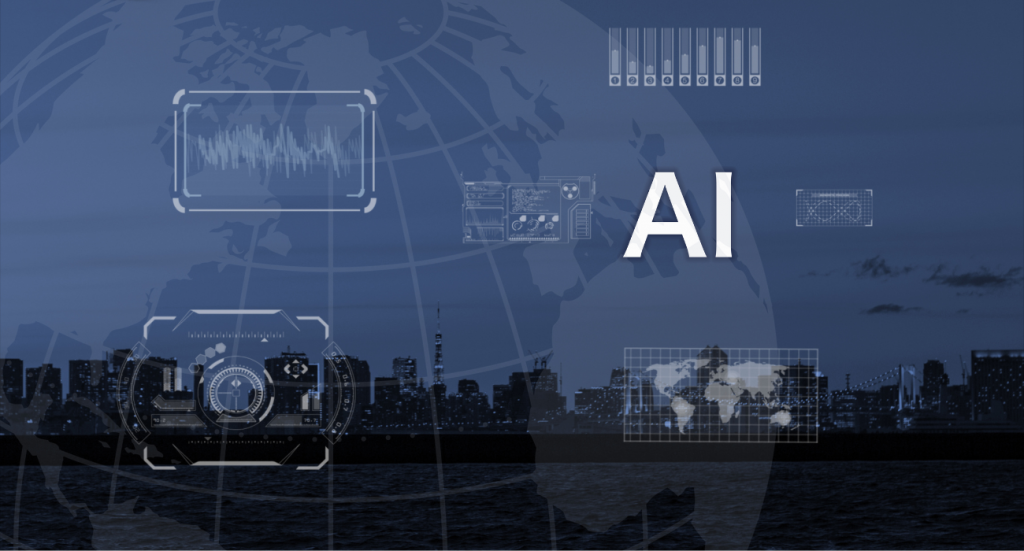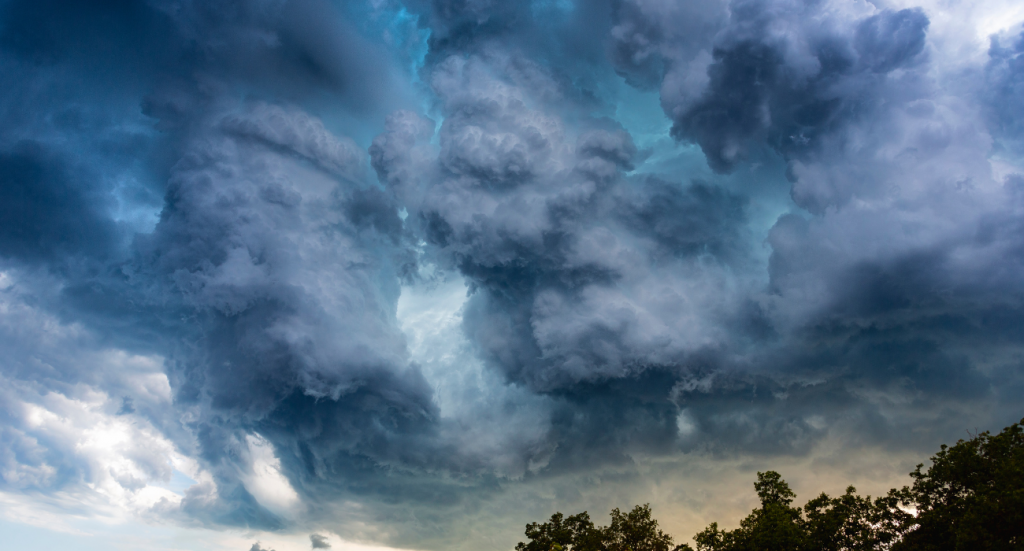
For aeons humans have endeavored to forecast the weather. Gazing at cloud formations and feeling the wind’s direction, they tried to predict what nature had in store. But these archaic methods were fraught with inaccuracies. Along comes machine learning, a game-changer in the realm of meteorology. This cutting-edge technology is a part of the broader field of artificial intelligence and offers a radical new approach for enhancing the precision of weather forecasts. Leveraging intricate algorithms machine learning sifts through vast data sets at a pace impossible for traditional methods. It provides not just more reliable forecasts, but also deeper insights into complex climatic patterns. This potent combination heralds a new dawn for weather prediction, one that carries immense significance for various sectors, notably agriculture.
Background Information
Meteorology is the science of predicting Earth’s atmospheric conditions that traces its roots back to antiquity. Farmers of old scrutinized natural signs, like cloud formations or the behavior of animals to predict what Mother Nature had in store. Fast-forward to the 20th century and you find early computational models stepping onto the scene. However, these systems were marred by limitations, often spitting out forecasts that were hit-or-miss.
Enter artificial intelligence. In the early 2000s, the meteorological landscape witnessed the advent of AI-driven predictive methods. Machines could scrutinize vast amounts of data faster than ever and promising a revolution in weather forecasting.
Certainly, diving right into the meat of the topic, let’s explore the myriad ways machine learning enhances weather forecasting. This discussion branches into three main tributaries: types of algorithms, data sources, and unique boons that machine learning bestows.
Types of Machine Learning Algorithms Used
Supervised Learning for Pattern Recognition
First, let’s chat about supervised learning. It’s the go-to methodology when it comes to pattern recognition. In this realm we train algorithms on labeled datasets. By doing so, we offer them examples of what different weather patterns look like. Picture it as teaching a child to discern between cumulus and stratus clouds. With adequate training the algorithms predict the weather with remarkable precision.
Unsupervised Learning to Unravel Mysteries in Climatic Data
Switching gears, unsupervised learning enters the fray. Here algorithms sift through vast, untamed sets of climatic data without any preconceived labels. Like detectives piecing together fragments of a complex puzzle, these algorithms unearth correlations and anomalies in temperature, wind speed, and other variables.
Reinforcement Learning Algorithms for Real-Time Adjustments
Last but not least meet reinforcement learning. For real-time adjustments this algorithmic paradigm reigns supreme. Instead of merely predicting or identifying patterns, it learns to react dynamically to real-world stimuli. Imagine it as a sailor adjusting sails, second by second and while keeping an eye on ever-changing winds and currents.
Features and Data Sources
Satellite Imagery
When it comes to data collection satellite imagery stands tall. Offering an eye in the sky satellites capture detailed images that algorithms can then analyze for cloud formations, ocean currents, and more.
Ground-Based Sensors
Let’s not forget the ground-based sensors. Whether it’s Doppler radar or simple thermometers these earthly tools yield invaluable information. Combined with machine learning they contribute to a holistic picture of current and future weather conditions.
Historical Climate Data
Digging into the annals of weather history can offer insights too. Algorithms scour past weather records even those collected decades ago. And so they generate more nuanced and accurate predictions.

Unique Advantages
Speedier Data Processing
One of the crown jewels of machine learning lies in its data processing speed. Where traditional models lag machine learning races ahead and converting raw data into actionable forecasts with alacrity.
Uncovering Subtle Patterns Undetectable by Other Methods
Another ace up its sleeve? Its knack for uncovering subtle, often elusive patterns that slip through the fingers of conventional methods. Hence, it elevates the very science of meteorology to an art form allowing us to decipher Mother Nature’s cryptic messages in ways hitherto unimaginable.
Impact on Agriculture
In yesteryears, farmers primarily relied on lore and instinct for weather predictions. They scrutinized cloud patterns, monitored animal behavior and pored over old almanacs. Chalking out agricultural strategies through imprecise yet resourceful means.
Fast forward to today. Artificial intelligence injects a formidable upgrade into the weather forecasting realm. One major boon? Timely alerts and updates. Thanks to nifty machine learning algorithms farmers now receive instantaneous and hyper-local updates straight to their mobile devices. This level of immediacy enables them to take precautionary steps, be it sheltering livestock or protecting crops from a sudden frost.
Beyond mere alerts, AI gifts farmers with personalized crop selection counsel. Algorithms assimilate a plethora of data points—from soil type to long-term climatic patterns— and spew out recommendations for optimal crop selection. It’s not just about predicting the weather anymore. It’s about harmonizing agricultural strategy with climatic nuance.
So, as we stand at the juncture of innovation and tradition the merits of AI in agriculture grow increasingly unassailable. Weather forecasting now brims not only with accuracy but with the capability to improve the lifeblood of rural communities: agriculture.
Benefits for Farmers
Farmers traditionally beholden to the whims of weather now find themselves armed with forecasts of uncanny accuracy. These ahead-of-time weather forecasts help farmers in deciding the best time for sowing seeds and harvesting crops. Not just a day or two in advance but often weeks ahead, granting them a newfound agility.
This foresight greatly aids in risk mitigation which is a vital component when contending with nature’s caprices like sudden storms or debilitating droughts. Quick alerts allow farmers to take precautionary measures. Thus, the crops are safeguarded against extreme climatic conditions. Unlike before they no longer find themselves blindsided by torrential rains or unforeseen frosts and that’s saving both time and resources.
Crucially, machine learning’s gift to agriculture isn’t merely one of survival but also of prosperity. Predictive insights lead to more effective farming practices thereby resulting in significantly improved yields. It’s not just about producing more. It’s about efficient farming that elevates their economic stability. High yields often equate to greater income which in turn contributes to a robust agrarian economy.

Ethical and Environmental Considerations
When we talk about weather data, a lingering question remains: Who actually owns this information? Is it public goods and freely accessible? Alternatively, should we be concerned about corporations hoarding and monetizing it and potentially posing privacy risks? This dilemma is often overlooked but shouldn’t be.
On the eco-front, machine learning models are bona fide power hogs. Crunching colossal data sets devours electricity and let’s not forget that data centers often run on fossil fuels. It’s a paradox; while AI aids in managing climate-related issues it simultaneously adds stress to Earth’s already burdened ecosystem.
Future Prospects
Emerging in the tech realm, novel machine learning techniques are catching eyes. One such marvel, Federated Learning, emphasizes decentralized training. This algorithm permits localized data processing, eschewing the need for constant data upload to a central hub. Consequently, it minimizes latency and amps up speed.
Yet the horizons of machine learning stretch beyond farm fields. Imagine disaster prevention enhanced through real-time predictive algorithms. Rapidly, AI can discern dangerous weather anomalies, thereby directing emergency responses more adeptly. In healthcare these algorithms could foretell disease outbreaks with unprecedented accuracy and offering a shield against widespread pandemics.
Just expect an avalanche of advancements. These not only stand to revolutionize weather forecasts but also hold the potential to safeguard our planet in diverse and far-reaching ways.
Final Thoughts
Machine learning has burst onto the scene offering stunning advances in weather prediction. No longer must we solely rely on traditional forecasting techniques that often missed the mark. With AI we’ve unveiled subtleties in climate data and making forecasts for farmers more accurate and actionable.
Yet we must tread thoughtfully. The utilization of artificial intelligence should be aligned with ethical considerations and sustainable practices. As we stand on the threshold of a revolution in climate science and agriculture, the call for innovation rings clear. But so does the call for responsibility. We must aim for progress in harmony with ethical principles ensuring that this groundbreaking technology serves us well and without further harming our world.

